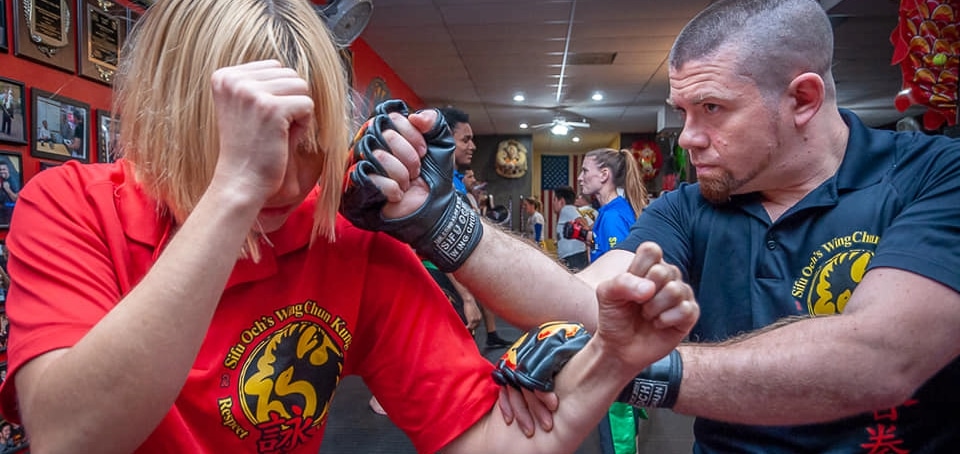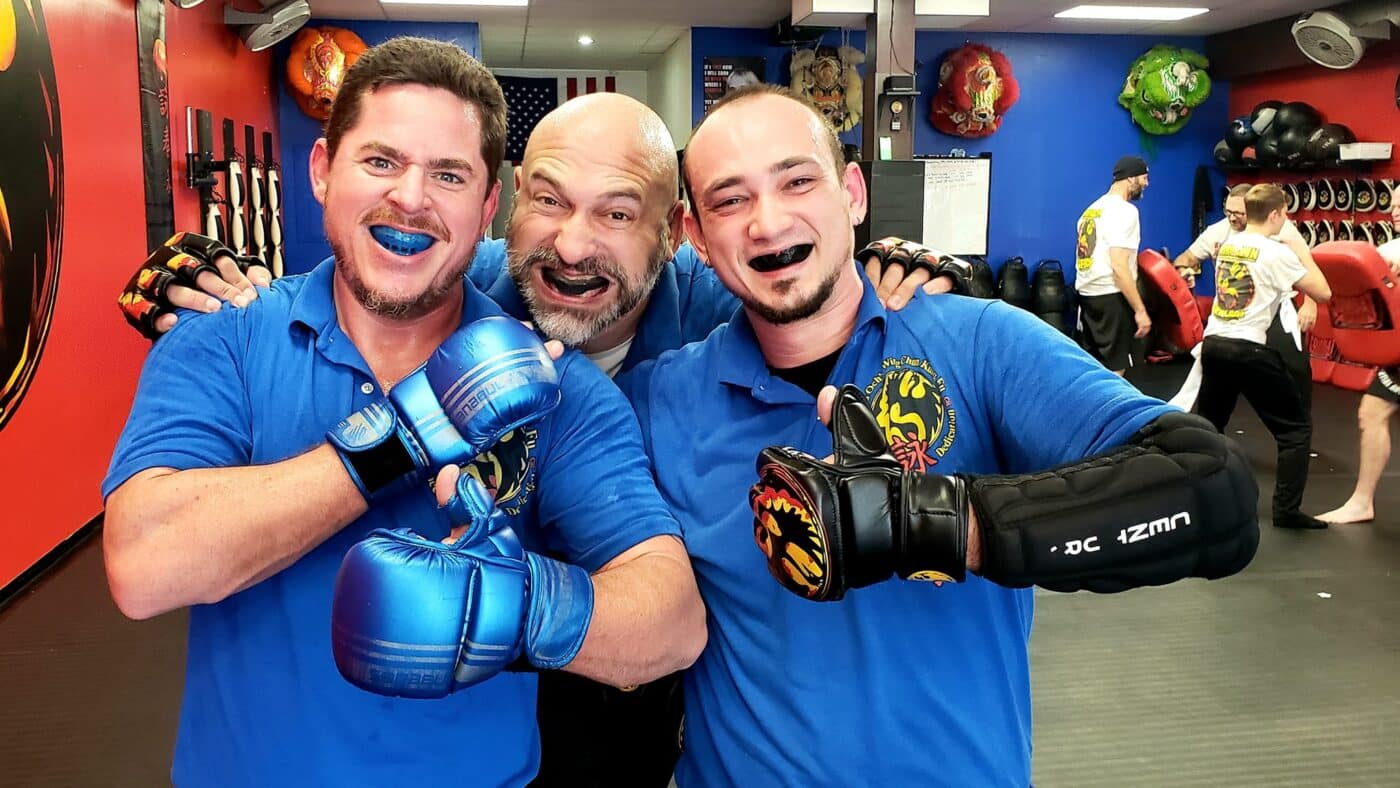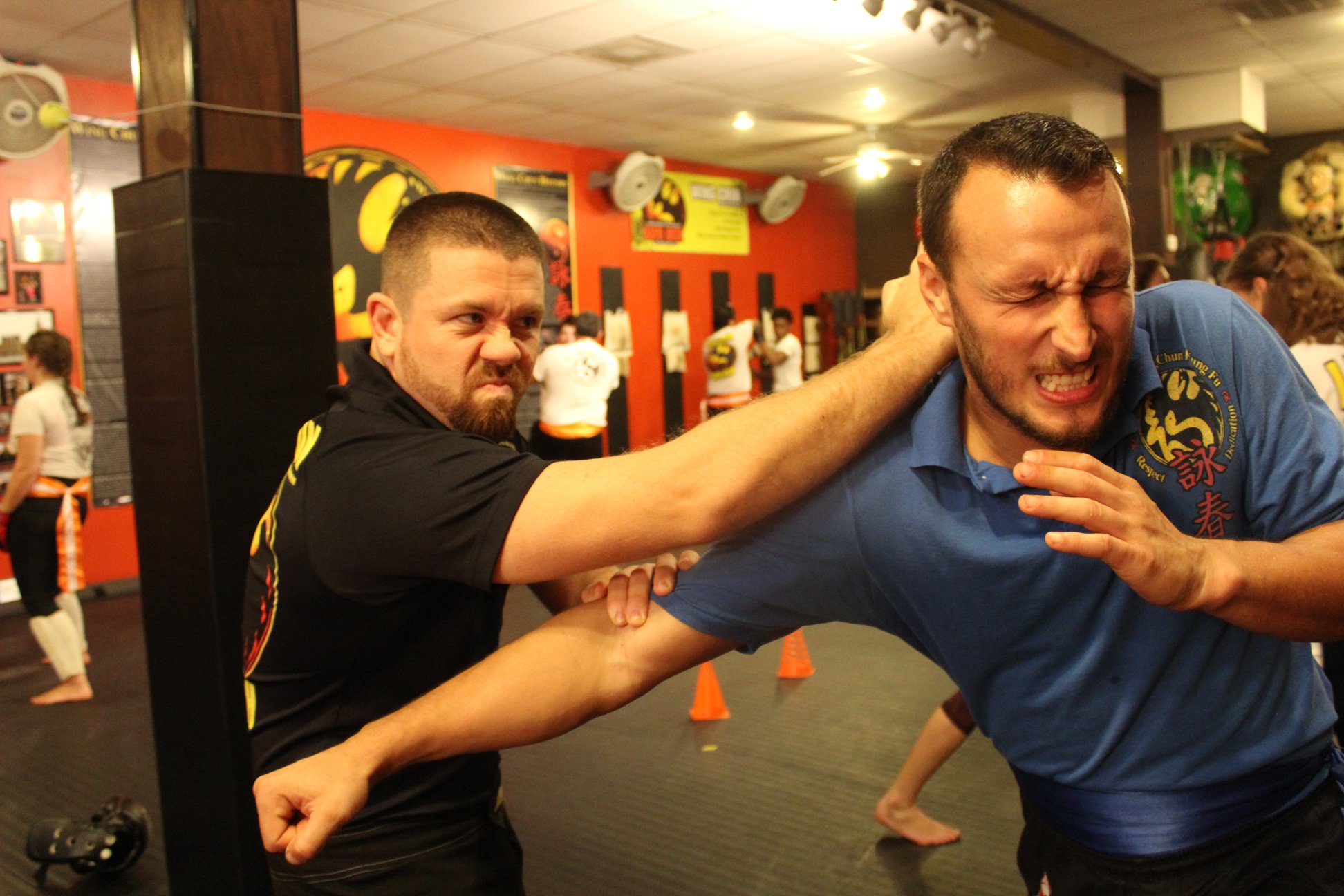Training in the martial arts is a great way to improve your personal safety and increase knowledge in self defense. But if you aren’t aware of your surroundings, no degree of training is going to help you. Having situational awareness is a choice; one you have to make early on if you want your training to have any real world practicality. So how do we make this choice?
The Best Situational Awareness Strategies for Personal Defense
Understanding the problem
The two major obstacles preventing people from having good situational awareness are naivety and laziness. In general, people want to believe in the good of others and often believe that rape or theft is something that happens to other people, but not me. Having this mindset lulls people into a false sense of security which will often last until something does happen, or the person makes a personal decision to make sure that it never does. The laziness factor is hugely prevalent and goes hand in hand with naivety.
Situational Awareness Techniques You Must Know to Stay Protected
If I believe that nothing bad will happen, then why should I take steps to ensure that it won’t? It is difficult and emotionally draining to be constantly aware of your surroundings, but entirely necessary if you want to be an effective martial artist. The key is to get to the point where practicing situational awareness is habit, eliminating the need to go that extra mile.
Practical Ways to Increase Situational Awareness
Now that we understand the problem, it’s time to fight it:
- NEVER text and walk. This is especially important when transitioning between locations, such as your place of work and your car. Wait until you are in a locked car to address anything on your phone. There have been numerous incidents of muggers targeting people on their phones, simply because they aren’t paying attention. Phone calls are also not advised, however, if you must – make sure to keep your eyes up, still monitoring your surroundings.
- Have your keys ready before you get to the car. You don’t want to be rummaging around in your bag at your car, looking for keys – especially at night. The car is a common place of attack and requires extra caution. Do the same from the car to the front door.
- Always check the area around your car before you get in. Is anyone close enough to get in your car between the time that you unlock it and the time that you are inside? Also make sure that no one has put anything on your car that may impair your driving, necessitating a stop down the road.
- Check the back seat. Take a look through the windows in the back and make sure that there is no one already in your car waiting for you. Behind the wheel of the car is not the time you want to find out that there is someone in the back dictating your next stop.
- When entering a building, look for exits. Locate the nearest exit and the quickest route. Whenever possible, position yourself facing the majority of the room and the exit, never with your back to it.
How Situational Awareness Saves Lives: Proven Strategies for Safety

Your Compelling Call to Action
Are you ready to take control of your safety and gain life-saving skills? Join Sifu Och Wing Chun Kung Fu Academy in Lakeland, Florida, today! Click here to fill out our contact form and start your journey toward becoming more confident and prepared for anything life throws your way.
Benefits Beyond Physical Safety
Situational awareness goes beyond physical protection. It builds confidence, sharpens mental focus, and enhances decision-making under pressure. These skills are invaluable not just in self-defense but also in daily life, from managing work stress to navigating complex social dynamics.
Developing situational awareness is a skill that takes both time and dedication. These suggestions are a good starting point to increasing your situational awareness, and the list will only grow once you start practicing them. Some Practices may seem over the top and near paranoia, but personal safety is not something to be taken lightly. When it comes to personal safety and the safety of those around us, we cannot expect someone else to protect us. Take matters into your own hands, be prepared, and decide to be that one person that is actually paying attention.

Key Strategies for Enhancing Situational Awareness
1. Observe and Assess Your Environment
Pay close attention to your surroundings. Identify exits, potential hazards, and individuals behaving unusually. Being proactive about observation reduces reaction time and keeps you better prepared.
2. Trust Your Instincts
Your intuition is often your first line of defense. If something feels off, take it seriously. Trusting your gut can prevent escalation and help you avoid risky situations.
3. Practice Peripheral Awareness
Expand your field of vision by practicing peripheral awareness. Avoid focusing solely on your phone or a single point of interest. This habit helps you notice subtle cues that could indicate danger.
4. Adapt to Different Scenarios
Every environment presents unique challenges. Whether you’re in a quiet neighborhood or a bustling city, adjust your level of awareness accordingly. Martial arts training reinforces the ability to adapt quickly and efficiently.
Why Choose Sifu Och Wing Chun
Practicing provides numerous benefits, including:
- Physical Fitness: Enhance strength, flexibility, and endurance.
- Mental Clarity: Develop focus and discipline through structured training.
- Self-Defense Skills: Learn effective techniques for personal safety.
- Cultural Enrichment: Gain insight into a centuries-old tradition.

Want to Get Started?
Join Sifu Och Wing Chun today and embark on your journey through the world. Fill out our contact form to discover why we are your best choice for Wing Chun Kung Fu and martial arts training in Lakeland, Florida!
Related articles on the Sifu Och Wing Chun website:
Empower Yourself: Experience Personal Growth Through Chinese Martial Arts
https://sifuochwingchun.com/chinese-martial-arts-lakeland-florida-kung-fu/
Unlock Potential: The Incredible Strength of Wing Chun Martial Arts
https://sifuochwingchun.com/the-strength-of-my-wing-chun/


